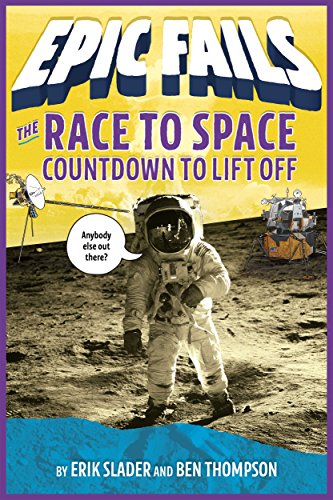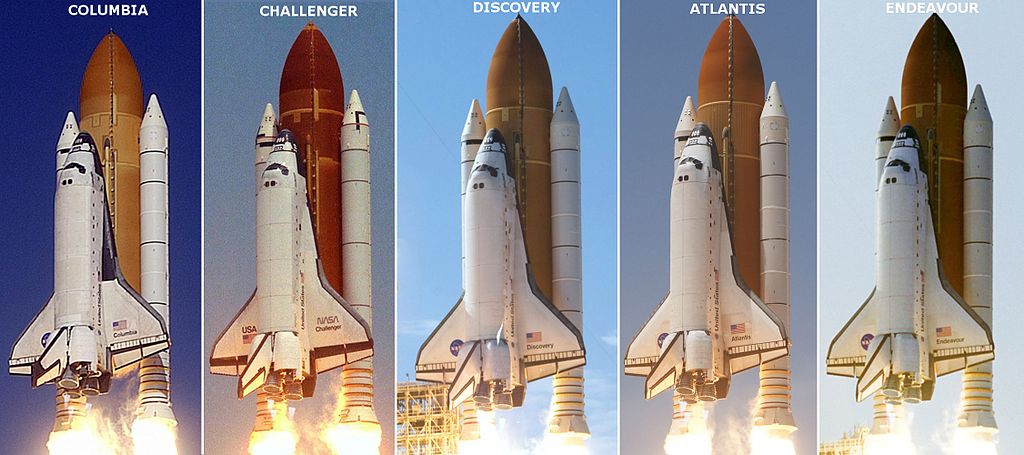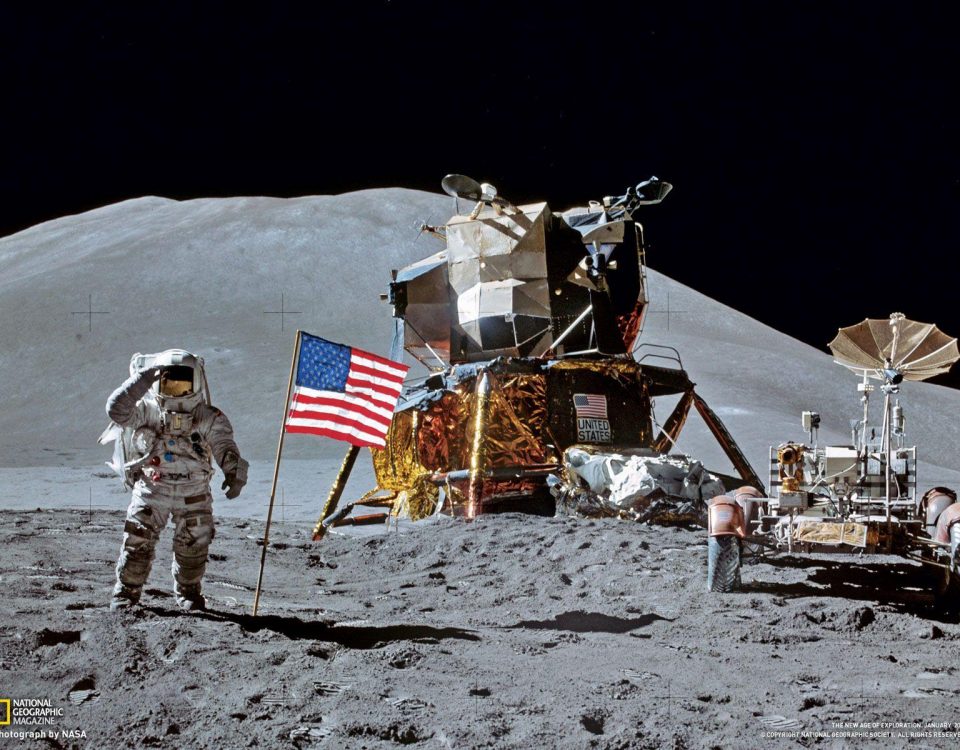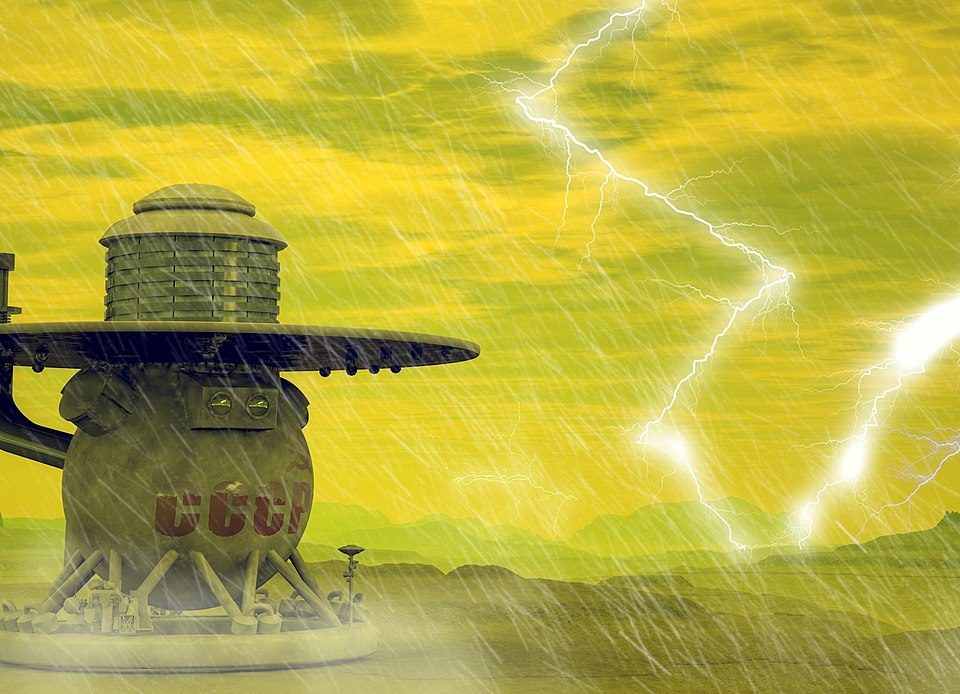
Future of the Digital Age (Part 3: Robotics, Quantum Computing, and the Rise of Artificial Intelligence) – A Timeline
April 3, 2024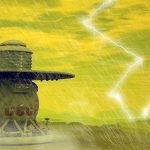
The Soviet VENERA Space Probes (USSR: 1961-1985)
May 10, 2024When Ben and I were working on “Epic Fails – The Race to Space: Countdown to Liftoff”, we went way over our word count, and actually had to cut back on a few chapters, following the Apollo missions. One of those chapters was on NASA’s Space Shuttle program.
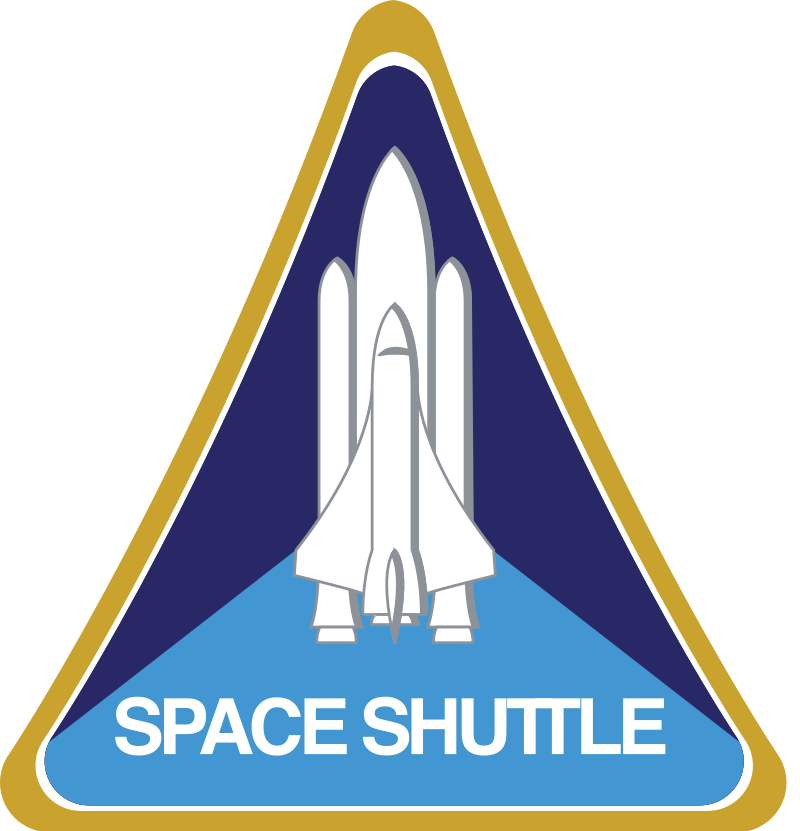
The Space Shuttle was an ambitious and forward thinking project, looking to the future of manned space flights. It was initially pitched to Congress in the late 60’s as a “reusable” and “affordable” follow-up to the incredibly expensive Apollo missions to the moon. The project however ended up being far more complicated and far more expensive than anyone could have predicted…
1968-1976: Early Development of NASA’s “Space Truck”
NASA’s basic idea was a “Space Truck” that could ferry parts, personnel, and satellites into orbit. Originally designated as an “Integrated Launch and Re-entry Vehicle” (ILRV), meant to launch as a fully reusable 2-stage vehicle (a booster and an orbiter), with each landing like a plane back on Earth. The idea was championed by George E. Mueller, and later developed further by Maxime Faget – a NASA engineer who helped design the X-15 as well as both the Gemini and Apollo space capsules! The Space Shuttle would inevitably end up evolving through a number of drastic design changes throughout the concept phase which lasted until 1976…
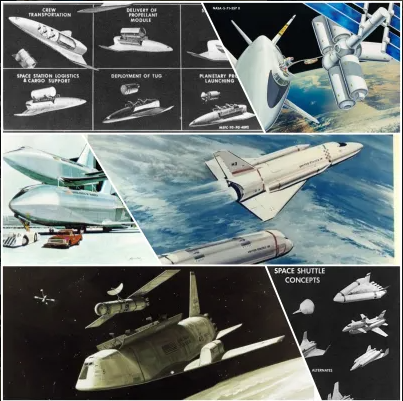
In 1971, North American Rockwell and McDonnell Douglas were granted contracts to produce a fleet of orbital vehicles, but immediately ran into a series of complications, delays, and budget increases. Then, in 1973, NASA launched its first Space Station: “Skylab” as part of a modified Saturn V rocket with the hope that the Space Shuttle would be ready-to-go in time to help boost the station into a higher orbit…

(Spoilers: it wasn’t.)
After even more delays, ballooning expenses, and unforeseen complications, Skylab unceremoniously de-orbited earlier than expected, crumpled apart, and crashed into Western Australia in 1979 – before the first official Shuttle launch finally occurred in 1981.
Read more about “The Day SKYLAB Fell” here!
1977: The Space Shuttle Enterprise (OV-101)
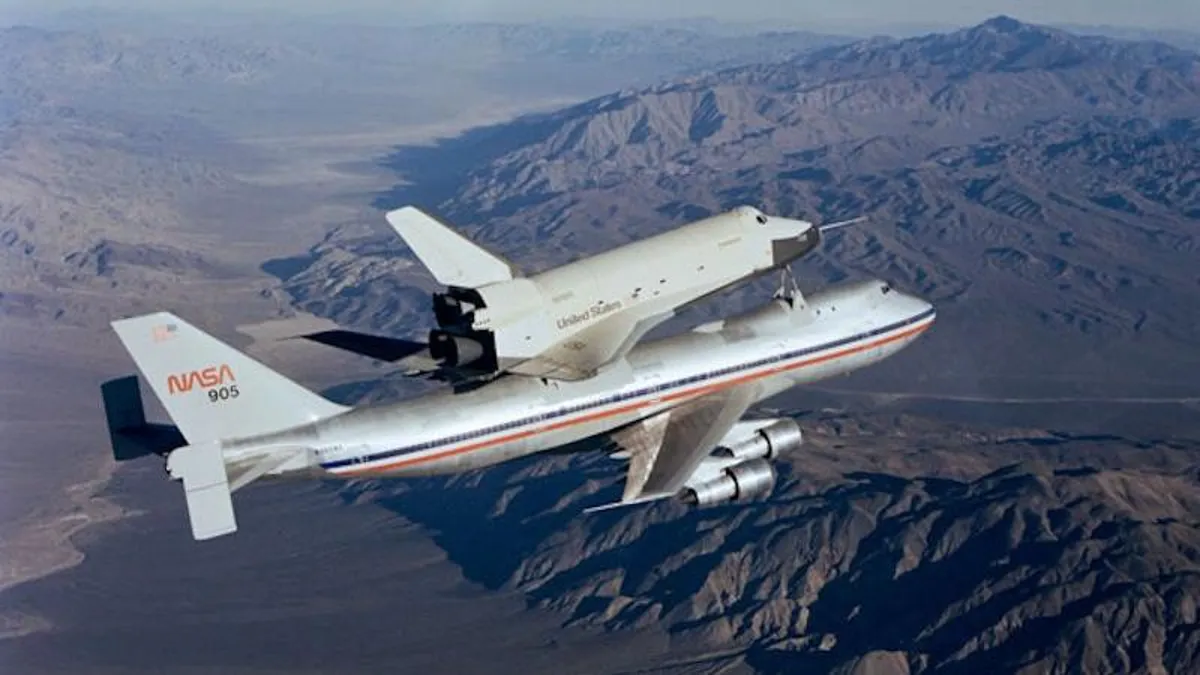
Before the Space Shuttle could fly into space however, they first needed to perform some aerodynamic tests (deployed from atop a Boeing 747) to make sure that the Shuttle would in fact be able to safely glide into a landing on a runway as intended. In order to test out the vehicles atmospheric flight capabilities, the OV-101 was constructed as a prototype, dubbed “The Space Shuttle Enterprise” – in reference to the USS Starship Enterprise (NCC-1701) from “Star Trek”! In fact, the cast of the original series was invited to see it off on its maiden voyage!

Gene Roddenberry and the cast of TOS
While this Shuttle never made it into orbit, it was still a crucial and historic step.
Click here for Every Stark Trek Series Ever… So Far!
1981: The First Space Shuttle Launch! (Columbia: STS-1)
On April 12th, 1981, (the 20th anniversary of Yuri Gagarin’s first flight aboard Vostok 1) the Space Shuttle Columbia became the first to launch into space – from the Kennedy Space Center in Cape Canaveral, Florida. The STS-1 mission (Space Transport System) was crewed by Captain John W. Young (a veteran of Project Gemini and one of 12 astronauts to walk on the moon – during Apollo 16) and Robert L. Crippin – both of whom orbited 37 times, before landing safely back on Earth, 2 days later – at Edwards Airforce Base in California.

Columbia was used for the first 5 shuttle launches, proving its reusability, while testing its systems, capabilities, and durability each time, and deploying a communications satellite on its 5th flight. (The iconic large bright orange external fuel tank was actually painted white on the first two launches, before NASA realized they could save money by not painting it.)

Columbia lands in White Sands, New Mexico (STS-3)
1983: Sally Ride and Guion Bluford make History
Sally Ride became America’s first female astronaut aboard the Space Shuttle Challenger (STS-7) and the third woman in space. That same year, Guion Bluford became the first African American astronaut, during the following Challenger mission: STS-8!
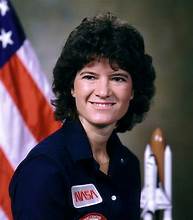

1984: The First *Untethered* Spacewalk!
During STS-41B, astronauts performed *untethered* EVA’s (Extravehicular Activities) using the MMU system (Manned Maneuverable Unit), coupled with EMU space suits (Extravehicular Mobility Unit) which were used throughout the Space Shuttle program.
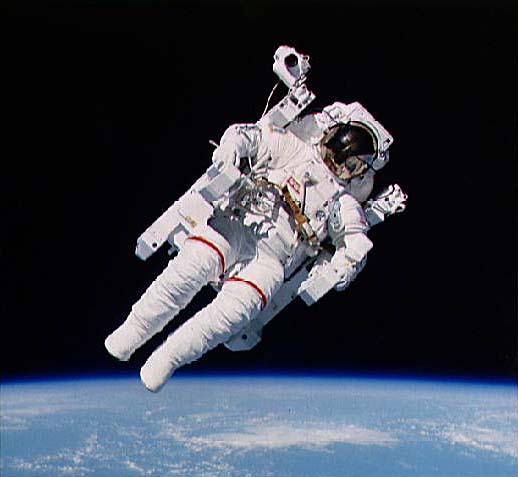
1986: The Challenger Disaster…
On January 28th, 1986, tragedy struck as the 25th Space Shuttle mission (STS-51L – intended to study Halley’s Comet) became NASA’s biggest failure. Televised to millions around the world, the Space Shuttle Challenger suddenly suffered a catastrophic failure, causing the Shuttle’s fuel tank to detonate in mid-air, just 73 seconds after launch. All 7 astronauts aboard died after plummeting to the ground, including a school teacher from Boston: Christa McAuliffe…
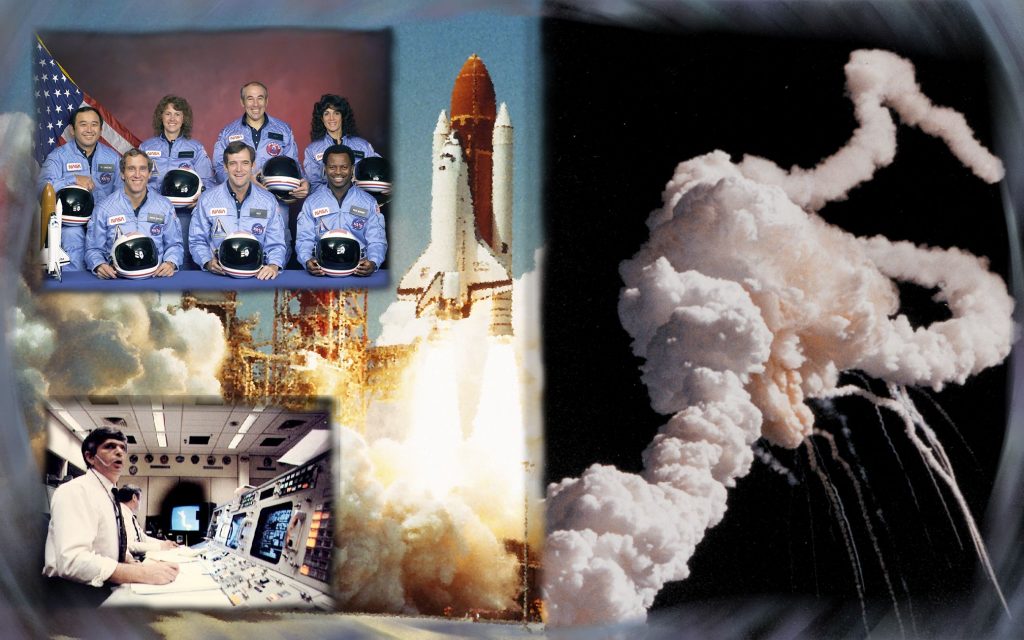
It was eventually determined (by the Rogers Commission) that the cause of the accident was due to a faulty O-Ring seal on the starboard Solid Rocket Booster, causing NASA engineers to delay further shuttle launches until they ensured that this could not happen again. In the aftermath of the shocking incident, President Ronald Reagan gave a heartfelt speech in commemoration of the late astronauts: “The crew of the Space Shuttle Challenger honored us by the manner in which they lived their lives. We will never forget them, nor the last time we saw them, this morning, as they prepared for their journey and waved good-bye and ‘slipped the surly bonds of Earth’ to ‘touch the face of God’.”
1988: The Space Shuttle Discovery Returns!
32 months after the Challenger Disaster, the Space Shuttle Discovery resumed its voyage, with a full crew of veterans for a “Return to Flight” mission (STS-26), following a series of thorough safety checks.
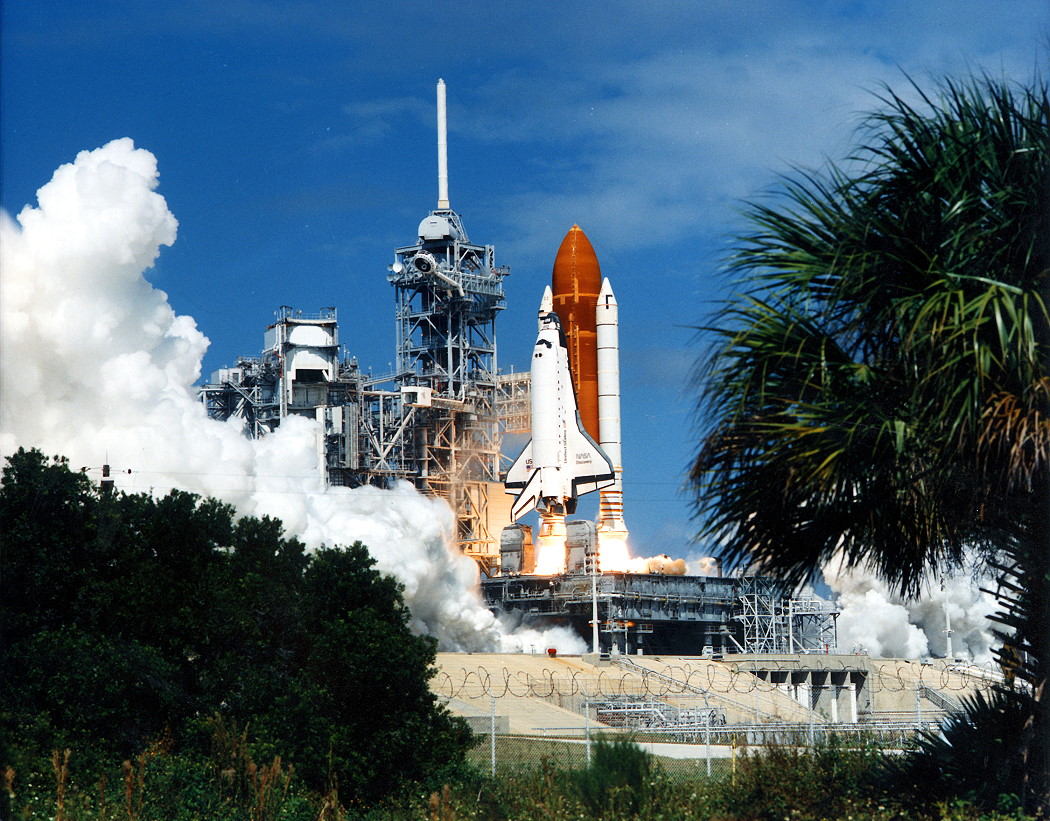
1988: The Soviet Space Shuttle Buran
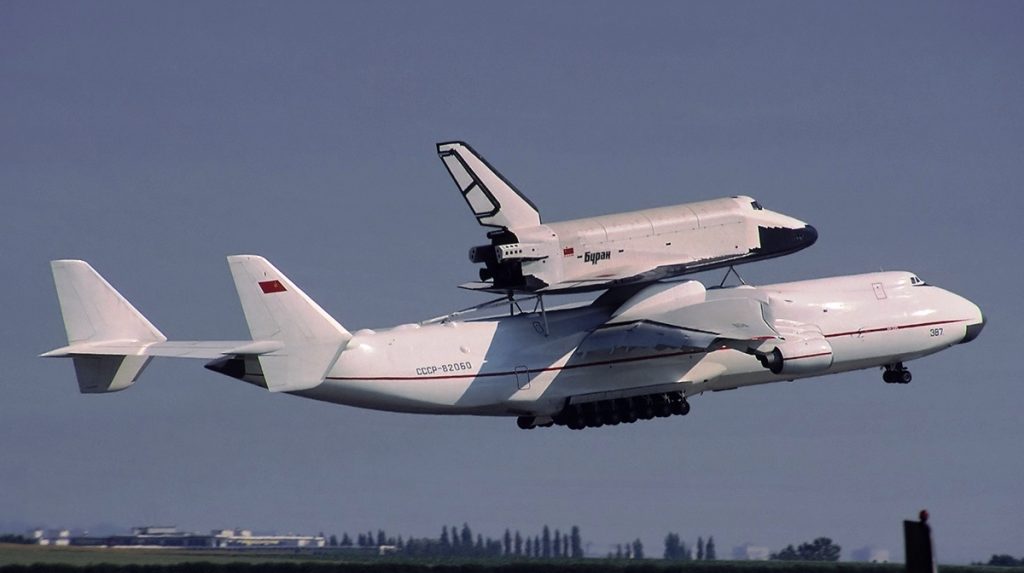
In 1980, Russia got jealous and decided to start work on its own Space Shuttle design. The result was the 11F35 1K: “Buran” (meaning “Blizzard” in Russian). First unveiled in 1984, the Soviet Shuttle was only ever launched *once* in 1988, with a fully automated, *unmanned* orbital mission, landing back in the USSR without incident. A second test flight was planned for 1993, but the collapse of the Soviet Union delayed the project indefinitely…
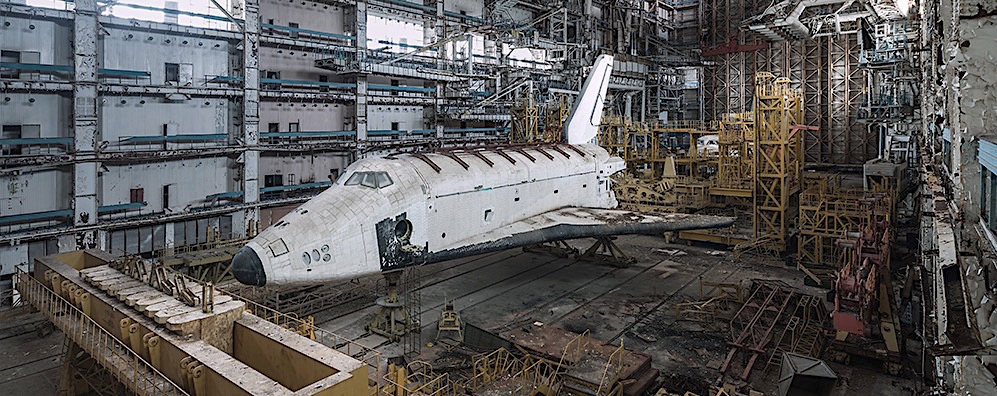
The sad remnants of the abandoned Soviet Space Shuttle Buran…
1989: Magellan and Galileo
Both the Magellan and Galileo probes were launched by the Space Shuttle Atlantis (STS-30 and STS-34). Magellan was a probe heading for Venus and Galileo was sent to explore Jupiter and its moons!

The Magellan Probe being deployed by the Space Shuttle!
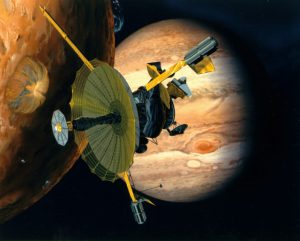
Galileo concept art.
1990: The Hubble Space Telescope (NASA / ESA)
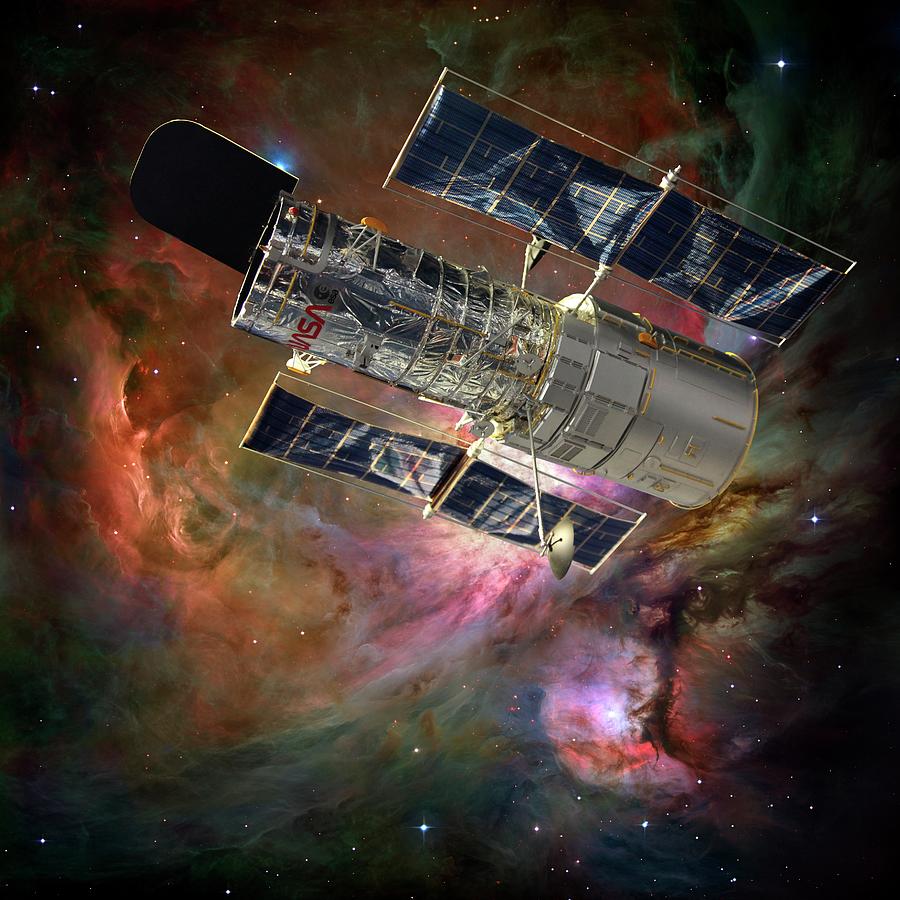
The now famous Hubble Space Telescope was first launched by the Space Shuttle Discovery in 1990 (STS-31), but due to an issue with the telescope’s mirror, a daring repair mission (STS-61) was conducted in 1993, aboard the Space Shuttle Endeavor!
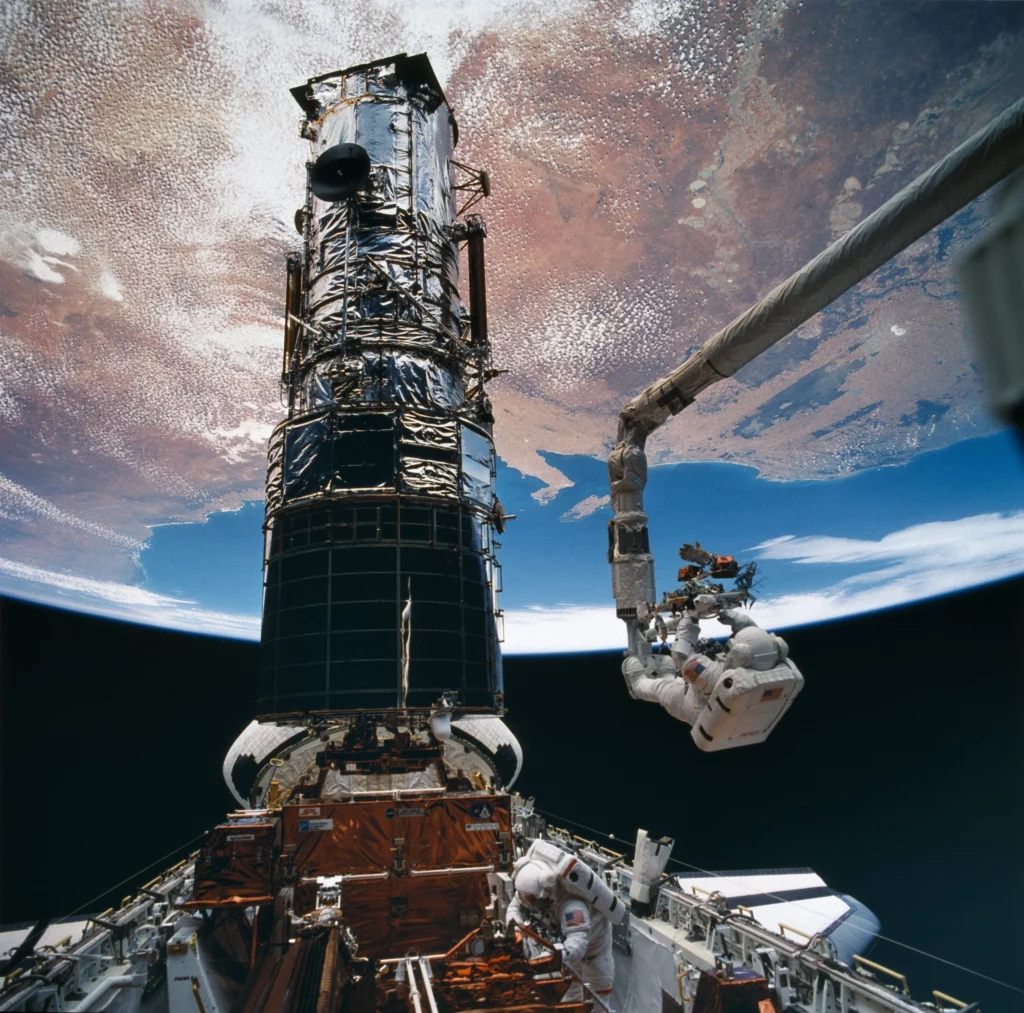
A breathtaking photo of the first (of several) Hubble servicing missions!
The Hubble (named after the astronomer Edwin Hubble) gave us some of our first breathtaking images of distant nebulas and a glimpse at other celestial phenomena from the distant reaches of deep space. In addition to Hubble, the Compton Gamma Ray Observatory was deployed by Atlantis (STS-37) in 1991, while Columbia (STS-93) launched the Chandra X-Ray Observatory in 1999.
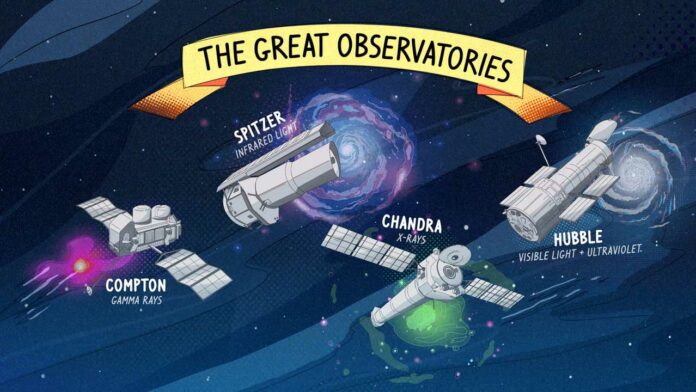
1992: More Firsts – Mae Carol Jemison and Mamoru Mohri
Mae Carol Jemison made history as the first female African American astronaut aboard the Space Shuttle Endeavor (STS-47), along with the first Japanese astronaut, Mamoru Mohri, during the 50th Shuttle Launch!
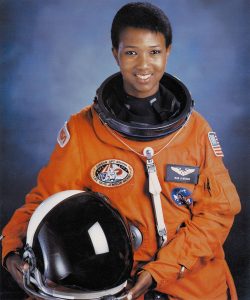
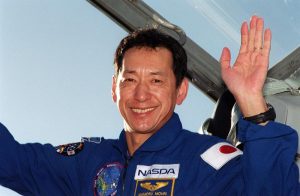
1993-1998: The Shuttle / MIR Program (NASA / RFSA)
As a follow up to the historic Apollo-Soyuz mission, the US and Russia collaborated on another joint mission in the 90’s involving the Russian MIR Space Station, where Russian cosmonauts would fly aboard NASA’s Space Shuttle, while American astronauts would hitch a ride aboard Roscosmos’s Soyuz spacecraft for the first time.
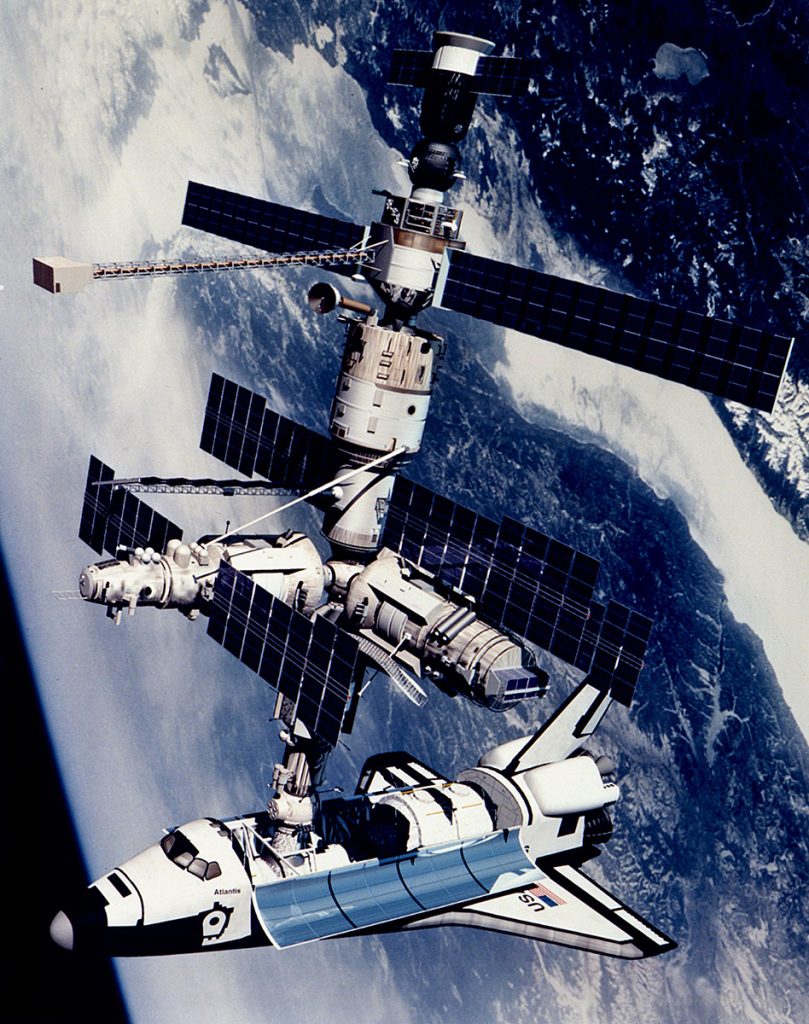
1998: John Glenn Returns to Space!
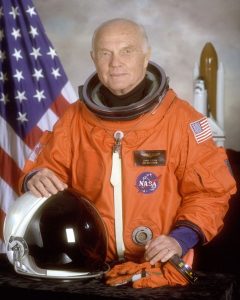
Former Mercury Astronaut and US Senator, John Glenn returns to space aboard the Space Shuttle Discovery, becoming the oldest person in space at 77! (The current record belongs to William Shatner who went into orbit at 90 years old, in 2021.)
1998: Assembly Begins on the International Space Station
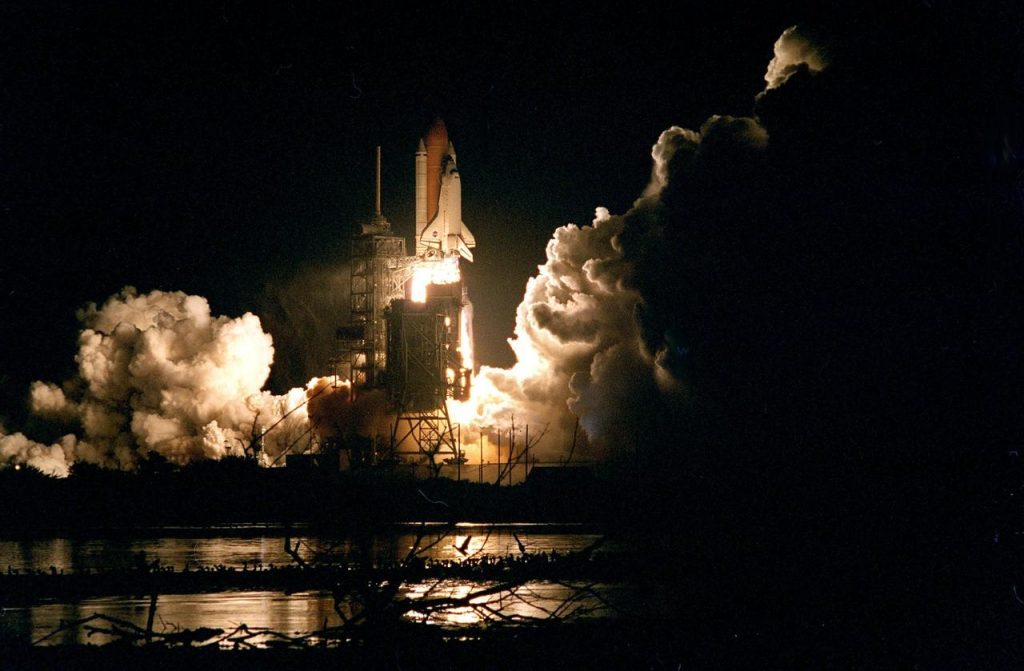
The first of several Shuttle missions to construct the International Space Station (ISS) – conducted by the crew of Endeavour (STS-88), which delivered the American “Unity” node!
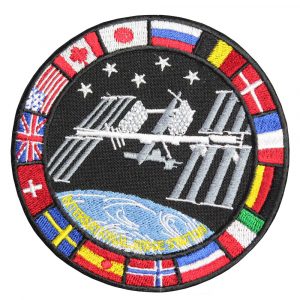
The ISS was an unprecedented collaborative effort between 15 countries, and 5 space agencies: NASA, the ESA (European Space Agency), CSA (Canada), JAXA (Japan), and Roscosmos (Russia). The largest, most advanced space station ever constructed!
2000: The 100th Space Shuttle Mission! (STS-92)
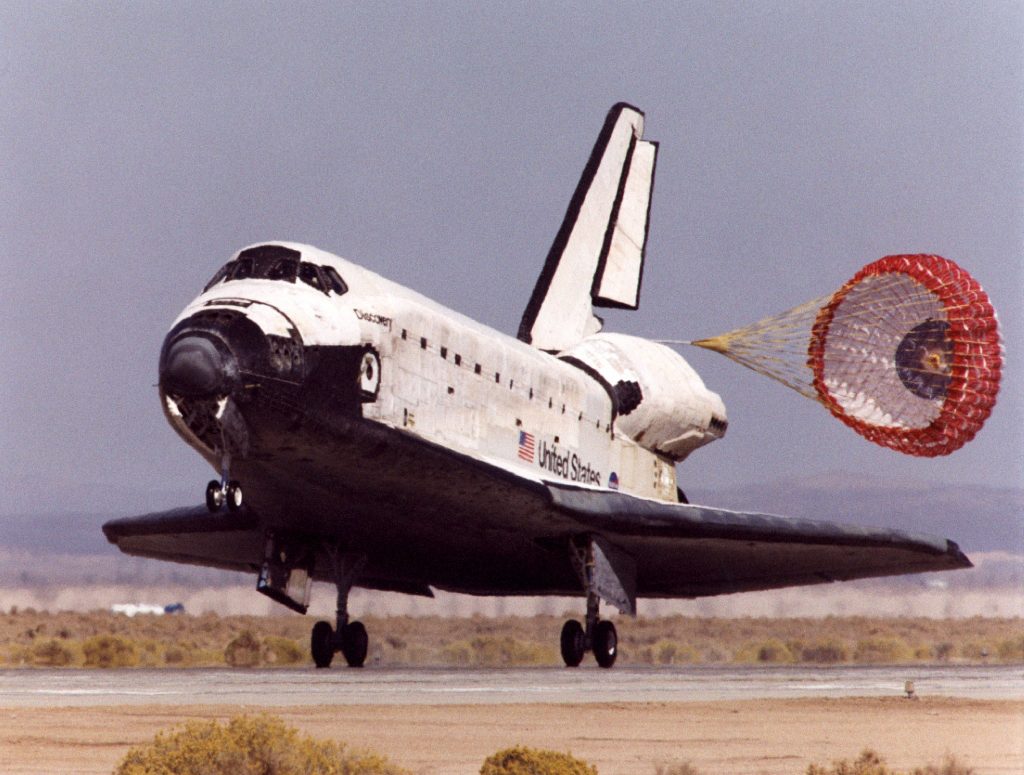
Discovery marked the 100th Space Shuttle Mission in the year 2000, during a routine resupply and assembly flight for the ISS.
2003: The Columbia Tragedy…
STS-107, 16 minutes before touchdown, the 113th Space Shuttle Mission ended in disaster on February 1st, 2003, when the orbiter disintegrated over Texas, as it descended through the atmosphere, killing all 7 astronauts aboard. It was later determined to have been caused by a freak accident involving a piece of foam that managed to damage one of the reinforced heat-shield tiles on the left wing of the spacecraft, causing it to overheat and burn up on reentry…
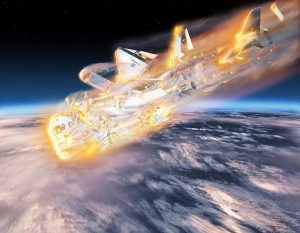
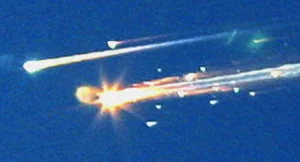
On the day of the tragedy, President George W. Bush gave the following televised speech to the nation:

“In an age when space flight has come to seem almost routine, it is easy to overlook the dangers of travel by rocket, and the difficulties of navigating the fierce outer atmosphere of the Earth. These astronauts knew the dangers, and they faced them willingly, knowing they had a high and noble purpose in life. Because of their courage, and daring, and idealism, we will miss them all the more.
All Americans today are thinking, as well, of the families of these men and women who have been given this sudden shock and grief. You’re not alone. Our entire nation grieves with you. And those you loved will always have the respect and gratitude of this country. The cause in which they died will continue. Mankind is led into the darkness beyond our world by the inspiration of discovery and the longing to understand.
Our journey into space will go on.”
2005-2006: Delays, Safety Concerns, and Cautious Trial Runs (STS-114 / STS-121)
907 days after the loss of Columbia, the Space Shuttle Discovery made a return to the ISS, after a series of rigorous tests, simulations, and new safety measures to ensure that such a tragedy could not occur again. Although a similar ‘foam incident’ occurred during launch, the shuttle performed a backflip maneuver as it docked with the ISS so that the astronauts could ensure that the Shuttle’s heat shield was in fact still in tact. This incident (although non-fatal) caused the shuttle program to be delayed for another year as even more modifications and precautions were taken. In 2006, the Space Shuttle Discovery flew again, this time without incident.

As an added precaution, all Shuttle missions going forward had a Shuttle on stand by for a rescue mission, just in case. Thankfully this “Launch on Need” (LON) back up plan was never needed.
2006-2011: Final Assembly of the ISS
The final Space Shuttle Missions put the finishing touches on completing the ISS construction by 2011.
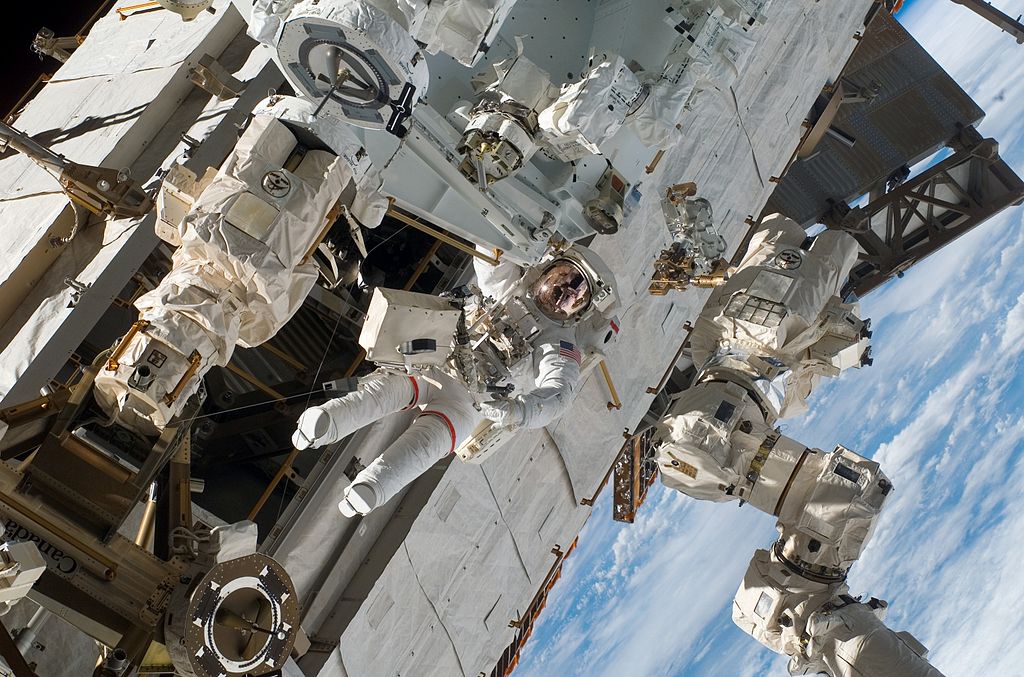
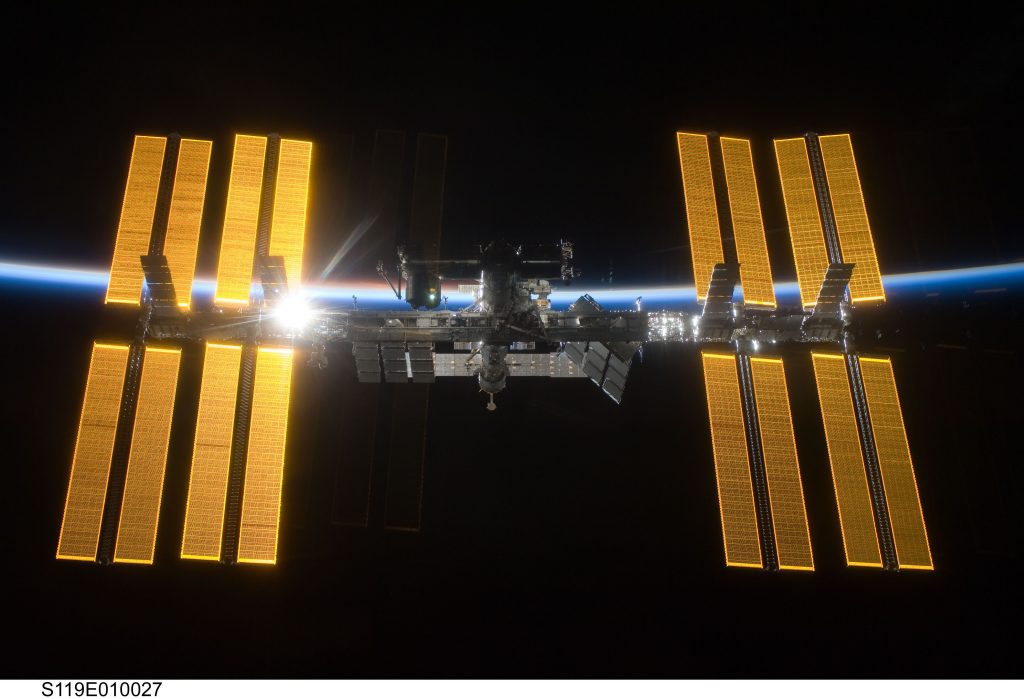
The ISS has since gone on to become one of NASA’s most important achievements, leading the way in a number of scientific breakthroughs, including (but not limited to) cutting-edge medical research for diseases like Alzheimer’s, Parkinson’s, and Cancer, as well as numerous studies that can only be performed in microgravity environments, ranging from Quantum Mechanics experiments to studies on the affects of zero gravity on the human body – which are helping to inform how future deep space missions will be conducted in the not-too-distant future!
2010-?: The Boeing X-37B
In recent years its been revealed that the US Airforce first started conducting space-based experiments with Boeing’s X-37B back in 2010 – a “secret” (unmanned) Space Shuttle!?
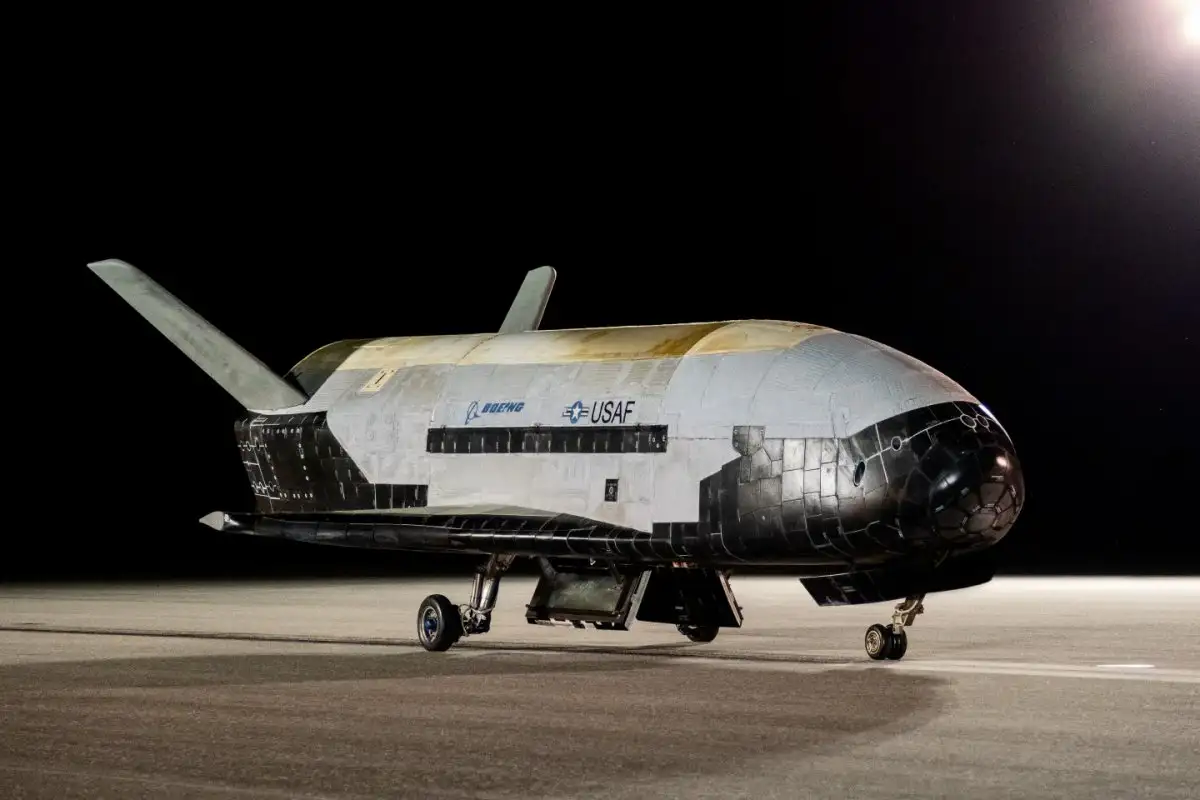
Although details are few and far between, we do know that the X-37B OTV (Orbital Test Vehicle) – now under the purview of the United States Space Force – was most recently launched on December 29th, 2023…
2011: The Final Flight of Space Shuttle Atlantis (STS-135)
The Final Flight of the Space Shuttle Atlantis lifted off on July 8th, 2011, docked with the ISS in orbit, 2 days later, and finally successfully landed back in Florida on July 21st! It was the last Space Shuttle Mission to fly in orbit, ending the program that first began back in 1977…
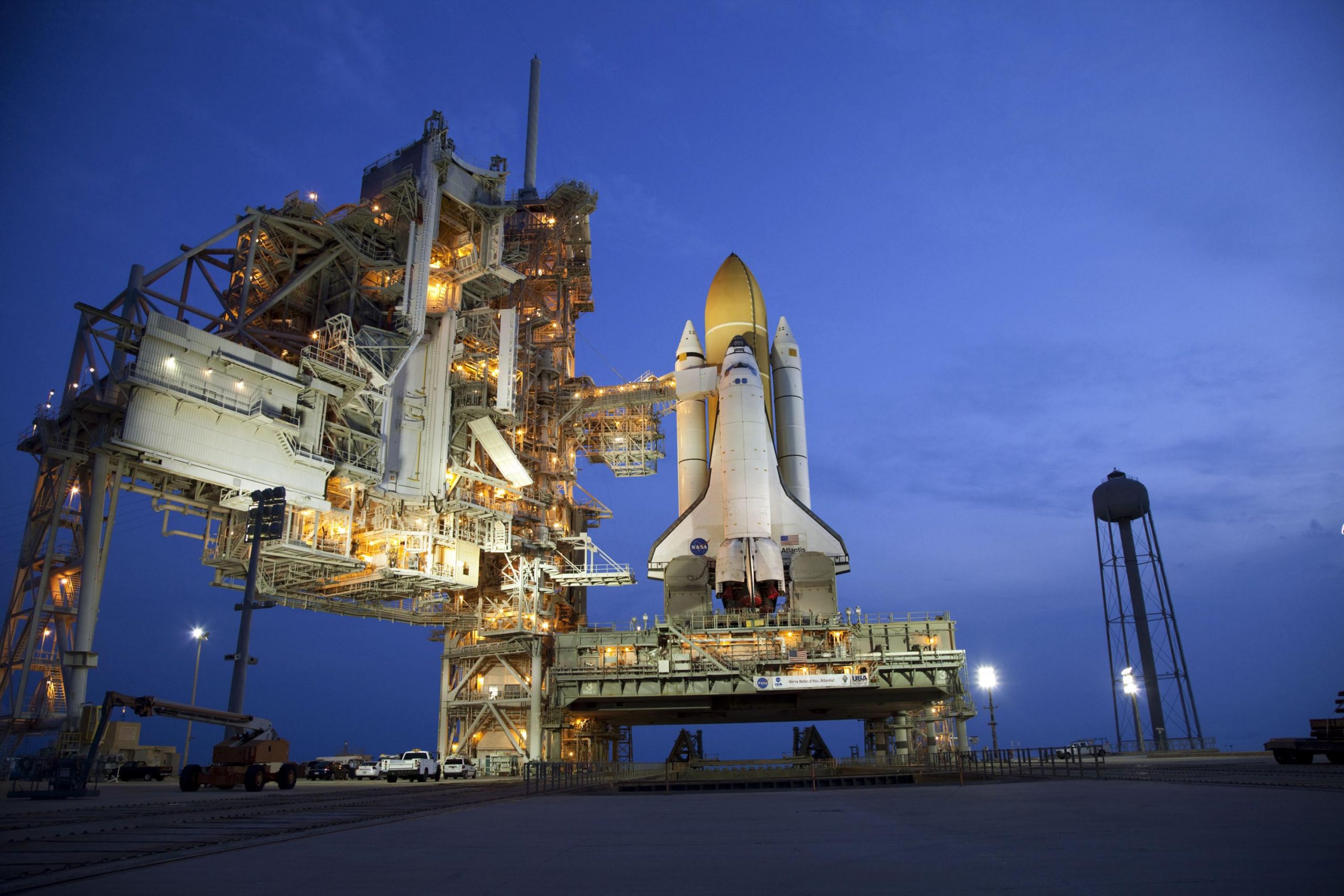
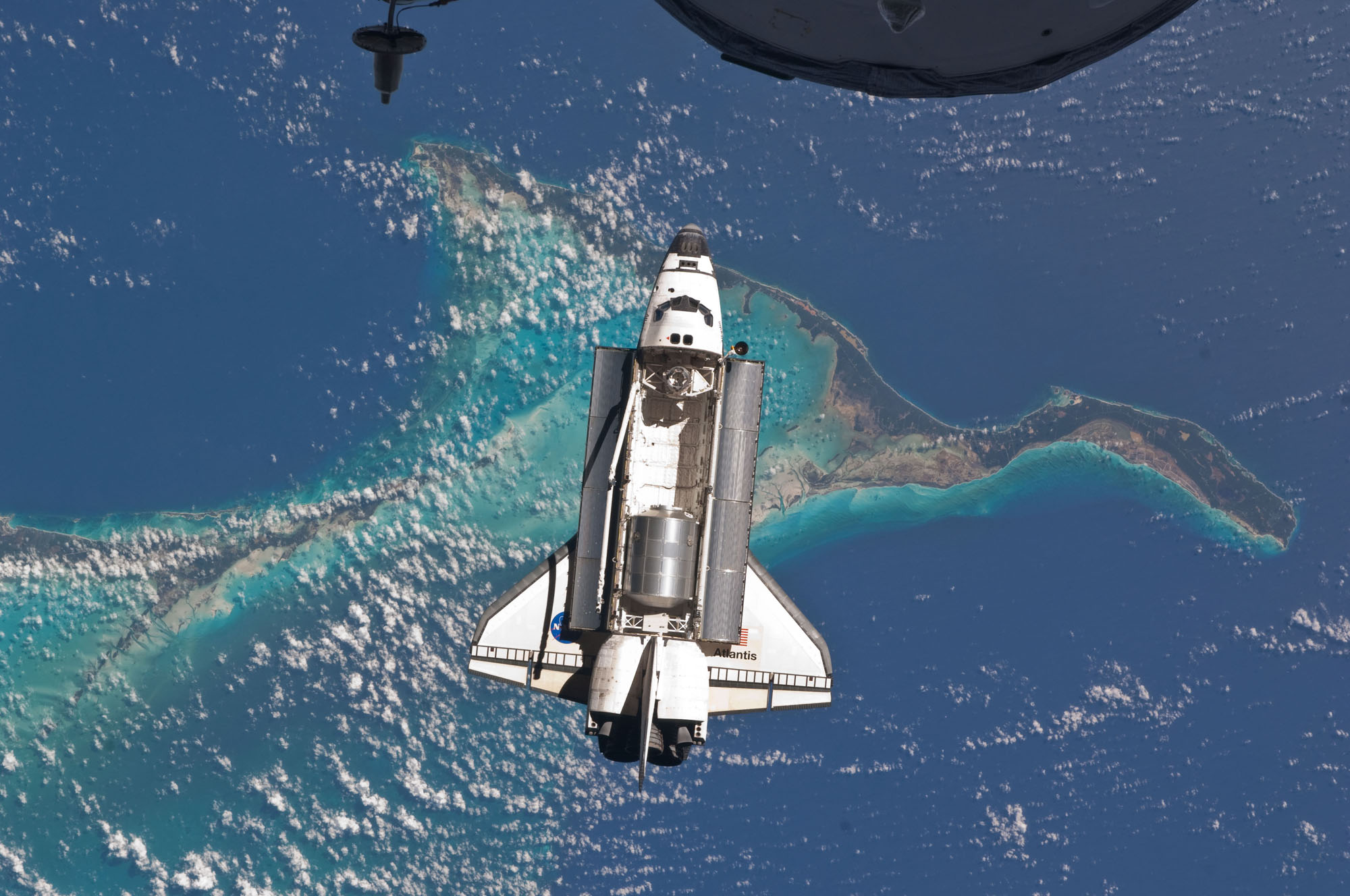
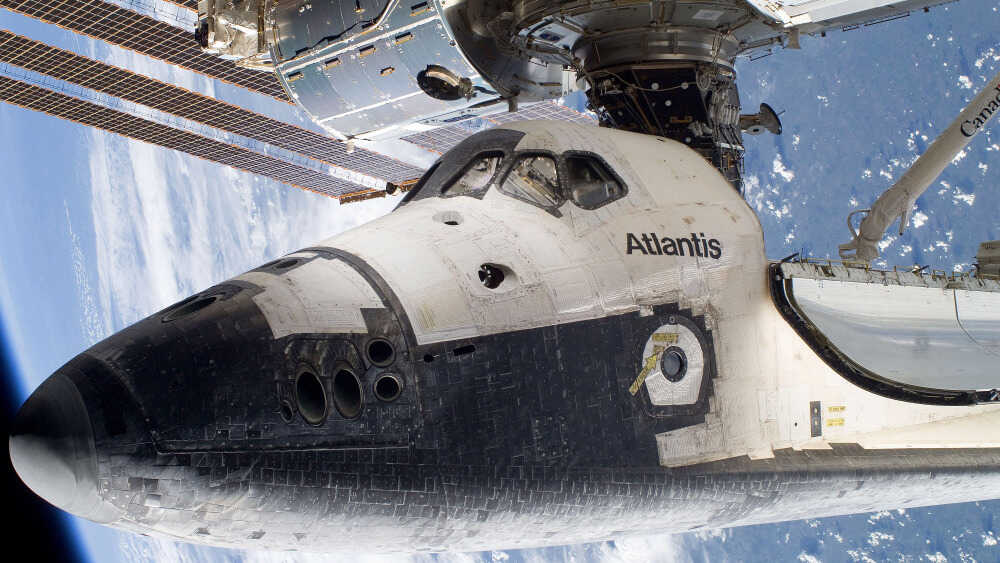
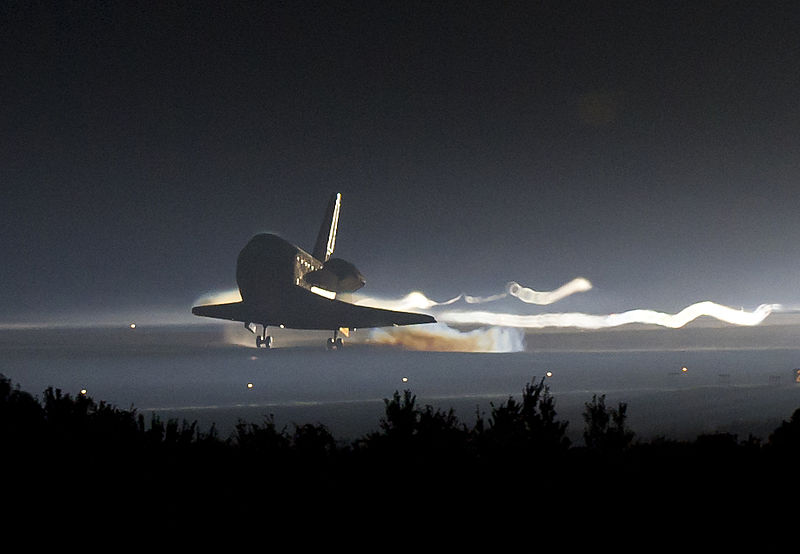
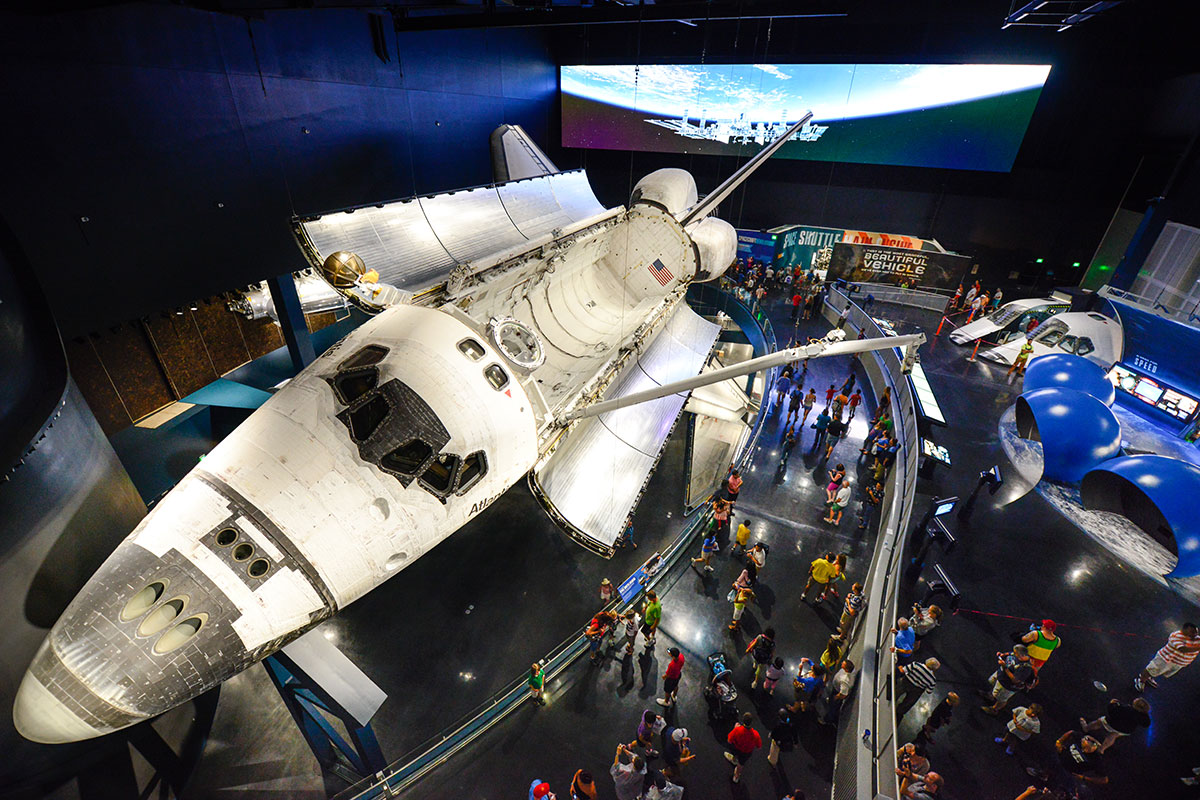
The Space Shuttle Atlantis exhibit at the Kennedy Space Center in Cape Canaveral, Florida.
Since the end of the Space Shuttle program, American astronauts have since had to rely on Russian rockets and Elon Musk’s Space-X to get to the ISS and back, at least until Boeing’s “Starliner” gets off the ground…
Was the Space Shuttle an Epic Fail?
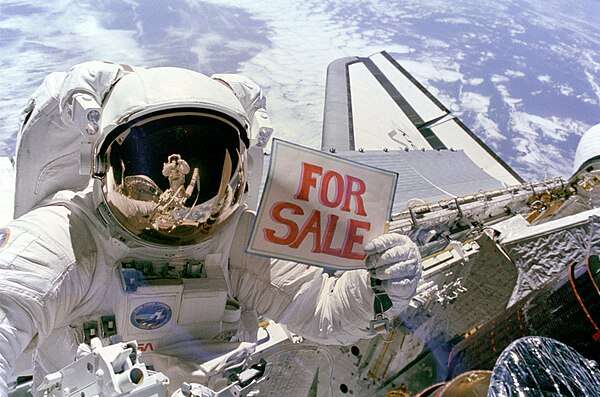
Despite the (very public) national tragedies of Challenger and Columbia, there were only 2 catastrophic failures (claiming 14 lives) out of a grand total of 135 spaceflights. Although NASA had originally expected the Space Shuttle to perform 25 to 60 missions per year, the most missions flown in a single year was just 5. Ultimately, 355 astronauts from 16 different countries around the world flew aboard the Space Shuttle, during its 30 year history from 1981 to 2011.
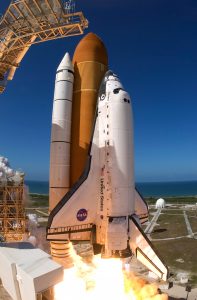
The Space Shuttle was intended to cut budget costs drastically by utilizing a reusable system, but due to its complex nature and the enormous maintenance costs that came with the Shuttle, the price tag averaged out to about $1.5 Billion per launch! Originally estimated to cost about $118 per-pound (in 1972) to get satellites and other equipment into Low-Earth-Orbit, the actual payload cost was closer to $6,435 per-pound aboard the Space Shuttle, compared to the (non-reusable) Russian Soyuz 2.1 was far more cost-effective at just $3,023 per-pound!
While the Space Shuttle may have been a failure in terms of exuberant budget costs (considering it was a supposed to make space ‘cheap’ and ‘routine’), the project also helped to usher in an new era of human spaceflight in being an essential component in assembling the International Space Station – an unprecedented global initiative, which has since proven to be an invaluable asset in more ways that one.
Many have argued that the Space Shuttle has helped to pave the way for what comes next. In 2022, NASA launched the (unmanned) Artemis 1 rocket in preparation for the upcoming Artemis Missions to the moon, setting up for an eventual mission to Mars and beyond, with Artemis 2 currently planned for September of 2025!
– Erik Slader
Be sure to check out the Epik Fails of History podcast, as well as 10 Accidental Inventions and Discoveries (Part 1 of 2), 20 of the Worst Aircraft Designs of All Time?, and my books: “The Wright Brothers: Nose-Diving Into History” and “The Race to Space: Countdown to Liftoff”!
